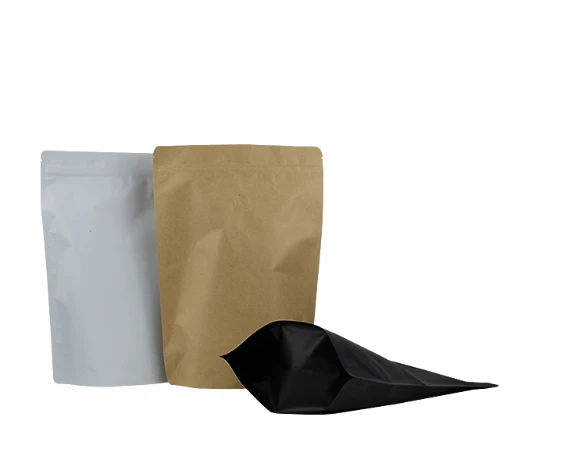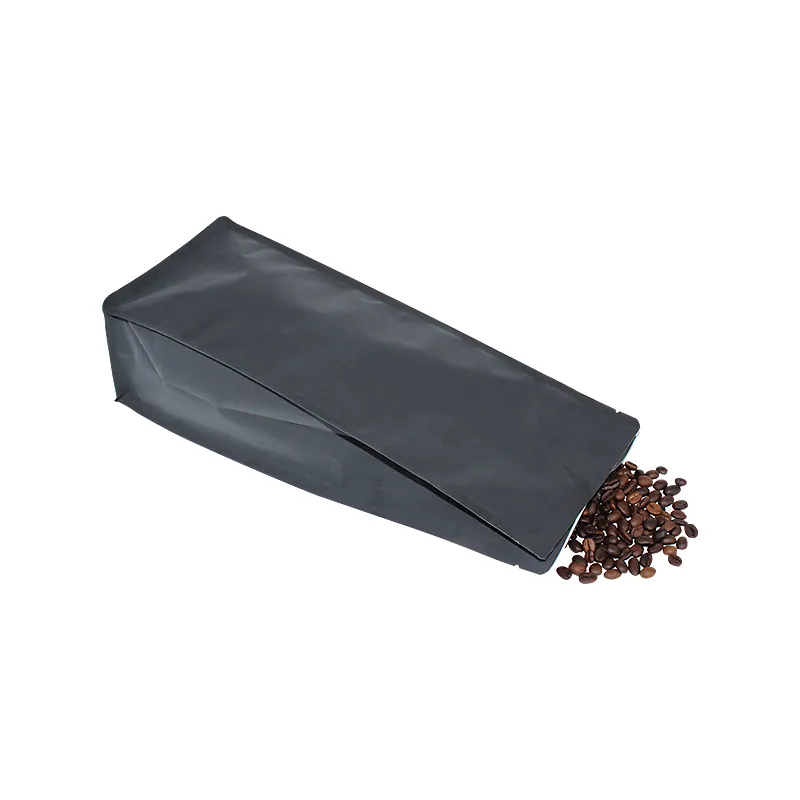Email: enid@bc-pak.com
Tel: 86-757- 88811186
- Afrikaans
- Albanian
- Amharic
- Arabic
- Armenian
- Azerbaijani
- Basque
- Belarusian
- Bengali
- Bosnian
- Bulgarian
- Catalan
- Cebuano
- chinese_simplified
- chinese_traditional
- Corsican
- Croatian
- Czech
- Danish
- Dutch
- English
- Esperanto
- Estonian
- Finnish
- French
- Frisian
- Galician
- Georgian
- German
- Greek
- Gujarati
- haitian_creole
- hausa
- hawaiian
- Hebrew
- Hindi
- Miao
- Hungarian
- Icelandic
- igbo
- Indonesian
- irish
- Italian
- Japanese
- Javanese
- Kannada
- kazakh
- Khmer
- Rwandese
- Korean
- Kurdish
- Kyrgyz
- Lao
- Latin
- Latvian
- Lithuanian
- Luxembourgish
- Macedonian
- Malgashi
- Malay
- Malayalam
- Maltese
- Maori
- Marathi
- Mongolian
- Myanmar
- Nepali
- Norwegian
- Norwegian
- Occitan
- Pashto
- Persian
- Polish
- Portuguese
- Punjabi
- Romanian
- Russian
- Samoan
- scottish-gaelic
- Serbian
- Sesotho
- Shona
- Sindhi
- Sinhala
- Slovak
- Slovenian
- Somali
- Spanish
- Sundanese
- Swahili
- Swedish
- Tagalog
- Tajik
- Tamil
- Tatar
- Telugu
- Thai
- Turkish
- Turkmen
- Ukrainian
- Urdu
- Uighur
- Uzbek
- Vietnamese
- Welsh
- Bantu
- Yiddish
- Yoruba
- Zulu
Side Gusset Pouch Packaging Bag
Views :
Update time : Feb . 15, 2025 15:39
In an ever-evolving marketplace, the types of plastic packaging have become a cornerstone for a myriad of industries, each offering distinct advantages tailored to specific product needs. Understanding these different types and their applications not only fosters expertise but also ensures that businesses enhance their credibility and trust with consumers, establishing their authority in their respective fields.
Polypropylene (PP) is renowned for its high melting point, which makes it suitable for packaging products that require sterilization, such as medical supplies. Its resistance to chemical erosion and fatigue makes PP the go-to choice for items that experience frequent handling and usage. Through the use of PP, a company projects a commitment to both durability and product safety, validating its expertise and dependability in the medical and food sectors. Polystyrene (PS), encompassing both expanded and regular forms, is used for both its insulation properties and protective packaging. While expanded polystyrene (EPS) is commonly seen in packaging for electronics or as cushioning in boxes, the regular form finds use in disposable cutlery and containers. To maintain credibility, companies utilizing PS can invest in recyclable forms or promote take-back schemes, aligning themselves with sustainability goals that consumers increasingly favor. Understanding the nuances of each type of plastic packaging allows companies to make informed decisions that resonate with consumer values and enhance brand loyalty. By opting for the appropriate plastic type, businesses project a deep understanding of their market's demands while reinforcing their authority, reliability, and trustworthiness. Keeping abreast of technological advancements and environmental considerations in plastic packaging not only supports consumer experience and expertise but also prepares companies for a future where sustainability is paramount. Embracing innovation, prioritizing transparency, and consistently aligning product offerings with environmental and consumer safety standards help build a reputable brand image. By doing so, businesses can achieve a substantive impact in their product categories, creating a durable legacy in their industry.


Polypropylene (PP) is renowned for its high melting point, which makes it suitable for packaging products that require sterilization, such as medical supplies. Its resistance to chemical erosion and fatigue makes PP the go-to choice for items that experience frequent handling and usage. Through the use of PP, a company projects a commitment to both durability and product safety, validating its expertise and dependability in the medical and food sectors. Polystyrene (PS), encompassing both expanded and regular forms, is used for both its insulation properties and protective packaging. While expanded polystyrene (EPS) is commonly seen in packaging for electronics or as cushioning in boxes, the regular form finds use in disposable cutlery and containers. To maintain credibility, companies utilizing PS can invest in recyclable forms or promote take-back schemes, aligning themselves with sustainability goals that consumers increasingly favor. Understanding the nuances of each type of plastic packaging allows companies to make informed decisions that resonate with consumer values and enhance brand loyalty. By opting for the appropriate plastic type, businesses project a deep understanding of their market's demands while reinforcing their authority, reliability, and trustworthiness. Keeping abreast of technological advancements and environmental considerations in plastic packaging not only supports consumer experience and expertise but also prepares companies for a future where sustainability is paramount. Embracing innovation, prioritizing transparency, and consistently aligning product offerings with environmental and consumer safety standards help build a reputable brand image. By doing so, businesses can achieve a substantive impact in their product categories, creating a durable legacy in their industry.
Recommend products
Read More >>
Related News
Read More >>













